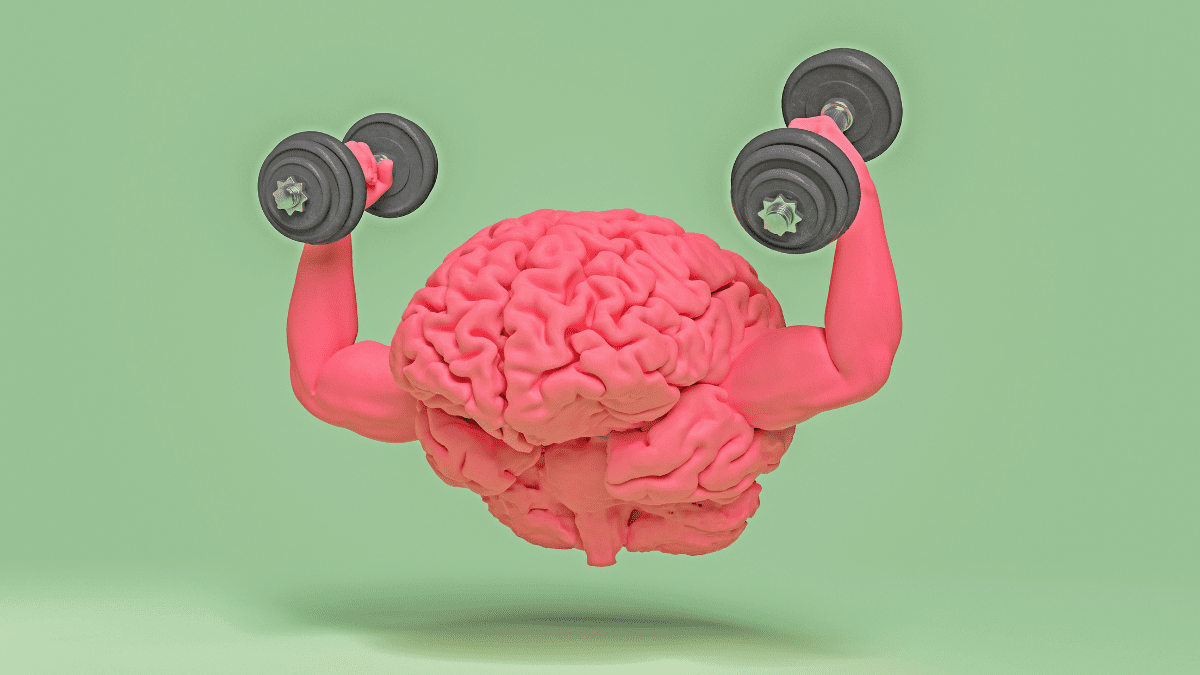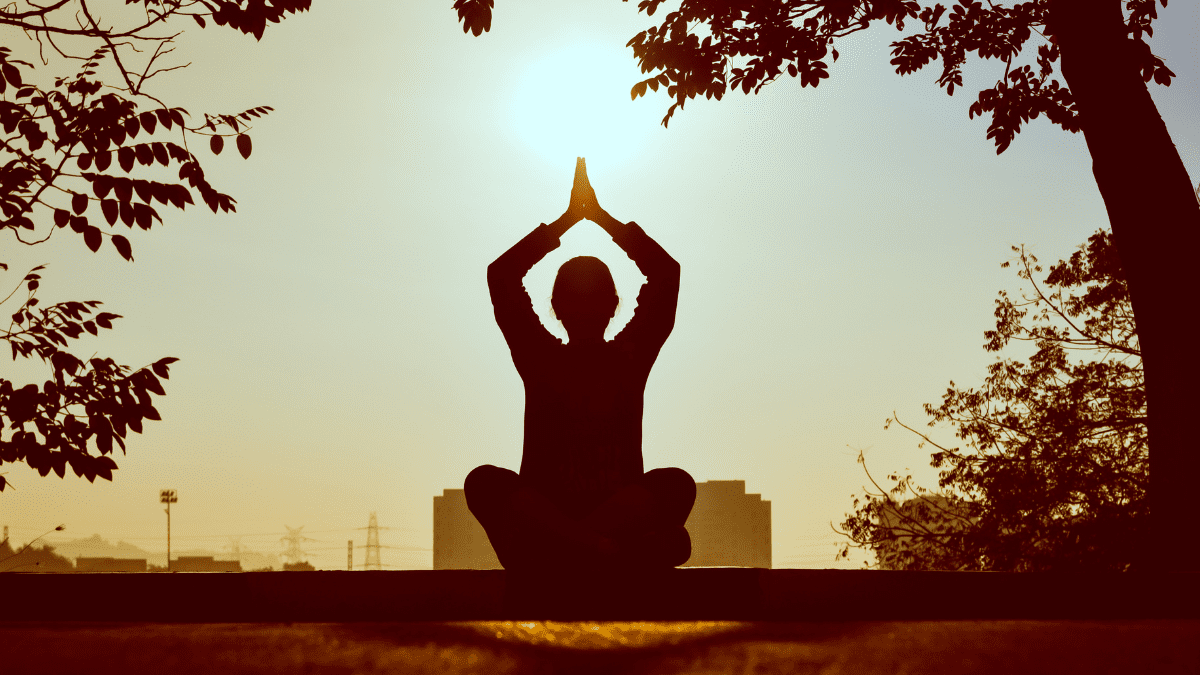Astral Projection and Lucid Dreaming: Unlock the Unknown
Astral projection and lucid dreaming unlock unseen worlds. Are they real or illusions of the mind? Science is closing in on the truth. What you discover may change everything!

Astral Projection and Lucid Dreaming: In This Article
- Astral Projection and Lucid Dreaming: Are They Real or Just Illusions?
- The Science Behind Astral Projection and Lucid Dreaming
- How to Experience Astral Projection and Lucid Dreaming
- The Ancient Wisdom of Astral Projection and Lucid Dreaming
- The Benefits and Risks of Exploring Astral Projection and Lucid Dreaming
- Conclusion: The Mystery of Astral Projection and Lucid Dreaming
- Astral Projection and Lucid Dreaming — FAQ
Astral Projection and Lucid Dreaming: Are They Real or Just Illusions?
For centuries, people have been fascinated by astral projection and lucid dreaming. Some believe these experiences unlock hidden realms. Others argue they are just tricks of the brain. But what does science say? Can the mind truly separate from the body, or is it all an illusion?
Spiritual traditions have long embraced these states as doorways to higher consciousness. Ancient cultures practiced dream control and out-of-body travel. Today, modern research is beginning to explore what happens in the brain during these experiences. Some studies suggest that lucid dreaming is a trainable skill. Others indicate that astral projection may be linked to altered brain activity.
Despite skepticism, many claim firsthand experiences of leaving their bodies. They describe floating above themselves, traveling through space, or even encountering other beings. These reports raise an important question. Are these experiences proof of a greater reality, or are they vivid hallucinations?
The truth may lie somewhere in between. The mind is a powerful force, capable of incredible things. Learning how to harness it can lead to deeper self-awareness and personal growth. If you want to explore ways to shift your reality and expand your potential, read more about the law of attraction and manifestation in this comprehensive guide.
What Happens in the Brain During Astral Projection and Lucid Dreaming?
Scientists are studying how these states affect brain waves. But do they reveal deeper truths about consciousness or just reflect altered brain activity?
Can You Train Yourself to Have These Experiences?
Many believe astral travel and lucid dreaming can be developed. But which methods actually work? Discover techniques used by experts and spiritual seekers.
Are Astral Projection and Lucid Dreaming Connected?
Some say they are different, while others believe they overlap. What separates a dream from a true out-of-body experience? The answer may surprise you.
The mystery of astral projection and lucid dreaming is far from solved. The deeper we explore, the more questions arise.
The Science Behind Astral Projection and Lucid Dreaming
For centuries, people have described vivid out-of-body experiences. Some claim to travel beyond their physical form. Others enter dreams with full awareness. But what does science say about astral projection and lucid dreaming? Can the brain explain these mysterious states?
What Happens in the Brain During These Experiences?
Scientists have begun exploring the neurological processes behind these phenomena. Studies show that REM sleep and brainwave activity play a crucial role. During REM sleep, the brain enters a highly active state. This is when most dreams occur. In lucid dreaming, the prefrontal cortex remains more engaged than in normal sleep. This allows for self-awareness inside the dream.
Astral projection is different. Some researchers believe it involves dissociation, a state where the mind feels separate from the body. Brain scans of individuals reporting out-of-body experiences show unusual activity in the temporo-parietal junction. This area helps process spatial awareness and body perception. When disrupted, it can create the feeling of leaving the body.
Is Astral Projection Just a Hallucination?
Skeptics argue that astral projection is a misinterpretation of brain activity. The mind can create realistic sensations, especially in altered states of consciousness. Certain conditions, like sleep paralysis, can also trigger vivid hallucinations.
However, some experts believe these experiences go beyond mere illusion. According to a study on out-of-body experiences and consciousness, individuals report details about places they have never visited. Some claim to witness real-world events while projecting. This raises questions about whether consciousness can function independently of the brain.
Can Technology Induce These States?
Recent advancements in neuroscience have led to experiments with brain stimulation and virtual reality. Scientists have used transcranial magnetic stimulation (TMS) to disrupt brain regions associated with body perception. In some cases, subjects reported sensations of floating outside their bodies.
Virtual reality has also been used to simulate out-of-body experiences. By altering visual input, researchers can trick the brain into perceiving a different spatial position. These findings suggest that the mind’s perception of self is more flexible than once believed.
Does Science Confirm or Challenge Spiritual Beliefs?
The debate continues. Some argue that astral projection and lucid dreaming are purely brain functions. Others believe these states reveal deeper aspects of consciousness. While science provides insights, it has yet to fully explain why these experiences feel so real. Could they be glimpses into unknown dimensions?

How to Experience Astral Projection and Lucid Dreaming
Exploring astral projection and lucid dreaming requires dedication and specific techniques. These practices can unlock profound experiences. But how can one achieve them?
What Techniques Can Induce Lucid Dreaming?
Achieving lucid dreaming involves becoming aware within your dreams. One effective method is reality testing. Regularly ask yourself during the day, “Am I dreaming?” This habit can carry over into your dreams, increasing self-awareness.
Another approach is the Wake Back to Bed (WBTB) method. Set an alarm to wake up after five hours of sleep. Stay awake briefly, then return to sleep with the intention of recognizing when you’re dreaming. This technique can heighten your chances of lucidity.
Meditation and visualization also play pivotal roles. Engaging in mindfulness practices enhances your ability to notice subtle changes in consciousness. According to research on the effects of binaural beats on mood and creativity, certain sound patterns can influence brainwave activity, potentially aiding in achieving lucid states.
How Can You Train for Astral Projection?
Astral projection involves the sensation of leaving your physical body. To cultivate this, deep relaxation is essential. The rope technique is a popular method. Visualize a rope hanging above you. Imagine your non-physical self climbing it, separating from your physical form.
Another method is the vibrational state. As you relax, you might feel vibrations coursing through your body. Embracing these sensations without fear can lead to an out-of-body experience.
Consistent meditation and breath control are also beneficial. They calm the mind, making it more receptive to astral projection.
Can Sound Frequencies Assist in These Practices?
Yes, binaural beats can be instrumental. These are auditory illusions created when two slightly different frequencies are played in each ear, leading the brain to perceive a third tone. This phenomenon can influence brainwave patterns.
Listening to binaural beats has been associated with reduced anxiety and improved mood. Incorporating these sounds into your practice might facilitate the desired state of consciousness.
How Long Does It Take to Succeed?
Mastery varies among individuals. Some might experience results within weeks; for others, it could take months. Consistency is crucial. Regular practice of the mentioned techniques enhances the likelihood of success.
Embarking on the journey of astral projection and lucid dreaming is both challenging and rewarding. With perseverance, these altered states of consciousness become attainable.
The Ancient Wisdom of Astral Projection and Lucid Dreaming
Long before modern science, ancient cultures explored astral projection and lucid dreaming. These practices were gateways to higher knowledge and spiritual growth. But how did these traditions approach these profound experiences?
Did Ancient Egyptians Practice Astral Travel?
The Egyptians believed in the Ka, a spiritual double that could leave the physical body. Hieroglyphs depict the Ka hovering above the sleeping form, symbolizing astral travel. Priests and mystics used meditation and sacred rituals to separate their consciousness, seeking wisdom and guidance from the afterlife.
The Egyptian Book of the Dead details soul journeys beyond the physical realm. This ancient text provides instructions for navigating different dimensions, suggesting early methods for inducing out-of-body experiences.
How Did Tibetan Buddhism Utilize Lucid Dreaming?
Tibetan monks have practiced dream yoga for centuries, viewing dreams as a path to enlightenment. This practice involves maintaining awareness within the dream state, allowing practitioners to recognize the illusory nature of reality.
Tibetan Buddhism teaches that lucid dreaming prepares the soul for death. The Bardo Thödol, or Tibetan Book of the Dead, describes how awareness continues after physical death. Mastering dream consciousness is believed to ease the transition into the afterlife. According to a study on Tibetan dream yoga and consciousness, meditation and dream control strengthen neural pathways linked to self-awareness.
Did Indigenous Cultures Explore Out-of-Body Experiences?
Many indigenous traditions involve shamanic journeying, akin to astral projection. Shamans enter altered states through drumming, chanting, and fasting, describing travels to other dimensions to meet spirit guides and retrieve lost knowledge.
Amazonian tribes use plant medicines to induce visionary experiences. The hallucinogenic brew ayahuasca is known to trigger sensations of leaving the body, with participants reporting detachment from their physical form while gaining insight into hidden realms.
How Did Ancient Greece Connect Dreams to Spiritual Awakening?
Greek philosophers saw dreams as more than random images. Plato and Pythagoras viewed dream states as connections to the divine. The Greeks built dream temples, where seekers slept in sacred spaces to receive guidance from gods and spirits.
The practice of incubation dreaming was common, involving preparation through fasting and rituals before entering a deep sleep. Upon waking, visions were recorded and interpreted as messages from higher beings, sharing similarities with modern lucid dreaming techniques.
Do Ancient Practices Hold Value Today?
Modern science is now affirming what ancient cultures understood. Practices like meditation, breathwork, and sleep rituals enhance dream control and consciousness. Ancient wisdom continues to shape our understanding of astral projection and lucid dreaming. Could these traditions unlock the mind’s true potential?

The Benefits and Risks of Exploring Astral Projection and Lucid Dreaming
Exploring astral projection and lucid dreaming can unlock hidden aspects of the mind. These experiences offer unique opportunities for self-discovery, but they also come with challenges. Understanding both the benefits and risks is essential before attempting these practices.
What Are the Benefits of Lucid Dreaming?
Lucid dreaming allows individuals to control their dreams while remaining aware. This ability has several advantages:
- Enhanced Creativity – People often find inspiration and new ideas within lucid dreams. Artists, writers, and musicians have used them to fuel their creative work.
- Overcoming Fears – Facing nightmares with full awareness can help reduce anxiety and improve emotional resilience.
- Skill Development – Practicing real-world skills in dreams can improve performance, as the brain reacts similarly to waking life situations.
- Emotional Healing – Some use lucid dreams to confront unresolved emotions and gain deeper self-understanding.
Studies suggest that lucid dreaming strengthens neural pathways related to memory and problem-solving.
How Can Astral Projection Enhance Your Life?
Astral projection is often linked to spiritual exploration and personal growth. Those who practice it report several benefits:
- Expanded Consciousness – Experiencing a reality beyond the physical world can lead to profound spiritual insights.
- Deeper Intuition – Many believe that astral travel heightens awareness and strengthens intuition.
- Greater Sense of Purpose – Some practitioners claim that out-of-body experiences give them a renewed perspective on life.
Astral projection has been described in various spiritual traditions. Some claim it allows access to higher knowledge and deeper states of meditation.
Are There Any Dangers in Lucid Dreaming?
While lucid dreaming is generally safe, it does have potential drawbacks:
- Sleep Paralysis – Becoming aware while the body is still in a sleep state can create frightening hallucinations.
- Disrupted Sleep Patterns – Intentionally inducing lucid dreams too often may lead to fragmented sleep.
- Detachment from Reality – Some individuals struggle to separate dreams from waking life, leading to confusion.
Lucid dreaming should be practiced mindfully to avoid sleep disturbances or psychological distress.
Does Astral Projection Come with Any Risks?
Astral projection presents unique challenges that should not be ignored:
- Disorientation – Returning from an out-of-body state may cause confusion or dizziness.
- Encounters with Negative Energies – Some practitioners report distressing experiences with unknown entities.
- Mental Fatigue – Overuse of astral projection can leave individuals feeling drained or disconnected.
Experts recommend setting clear intentions and maintaining a sense of grounding before attempting astral travel. According to a study on consciousness and altered states, safe practices can help maintain a balanced approach when exploring these states.
How Can You Practice Safely?
To reduce risks and maximize benefits, follow these guidelines:
- Start with Meditation – Relaxation techniques help prepare the mind and body for controlled experiences.
- Maintain Healthy Sleep Habits – Ensuring regular sleep patterns improves dream recall and stability.
- Use Protective Visualization – Many practitioners visualize a protective shield to create a sense of security.
- Seek Guidance – Learning from experienced practitioners can provide useful techniques and reassurance.
Approaching astral projection and lucid dreaming with awareness and preparation can make these experiences safer and more rewarding.
Conclusion: The Mystery of Astral Projection and Lucid Dreaming
The worlds of astral projection and lucid dreaming remain both fascinating and mysterious. Science has uncovered some answers, yet many aspects remain unexplained. While some believe these experiences are purely neurological, others see them as doorways to deeper realities. The truth may lie somewhere in between.
Lucid dreaming allows people to explore their subconscious. It enhances creativity, improves problem-solving, and helps overcome fears. However, it requires practice and self-awareness. Without balance, it can disrupt sleep or blur the line between dreams and reality.
Astral projection offers a different experience. Many who practice it report spiritual insights and profound personal transformation. Yet, some also encounter confusion or fatigue. Understanding the risks is crucial before exploring this state.
Both practices push the boundaries of consciousness. They challenge what we think we know about the mind. Ancient cultures saw them as tools for enlightenment. Today, science is beginning to study their effects on the brain. Despite skepticism, many continue to experience these states firsthand.
The key to safe exploration is awareness. Approaching these practices with patience, mindfulness, and guidance can lead to life-changing experiences. Whether seen as an internal journey or a step beyond the physical world, they offer valuable insights.
The human mind holds untapped potential. Perhaps, with time, science will fully unlock the secrets of astral projection and lucid dreaming. Until then, the journey remains open to those willing to explore.
Astral Projection and Lucid Dreaming — FAQ
Are astral projection and lucid dreaming the same?
No, they are different experiences. Lucid dreaming happens within dreams, where the dreamer gains awareness and control. Astral projection, however, is described as an out-of-body experience where consciousness leaves the physical body and explores different realms.
Can anyone learn astral projection and lucid dreaming?
Yes, with practice. Techniques like reality checks, meditation, and visualization can help induce these states. Some people achieve results quickly, while others need weeks or months of training to experience them consistently.
Is astral projection dangerous?
Astral projection is generally considered safe, but some risks exist. Feelings of disorientation, exhaustion, or encountering unsettling entities have been reported. Grounding techniques and setting clear intentions can help create a more positive experience.
What are the benefits of astral projection and lucid dreaming?
Both practices offer unique advantages. Lucid dreaming enhances creativity, problem-solving, and emotional healing. Astral projection is often linked to spiritual growth, expanded awareness, and a deeper understanding of consciousness.
How long does it take to experience astral projection or lucid dreaming?
It varies for each person. Some achieve success within days, while others need weeks or months of consistent practice. Techniques like meditation, reality checks, and binaural beats can speed up the process.







